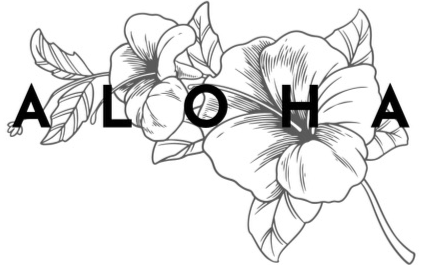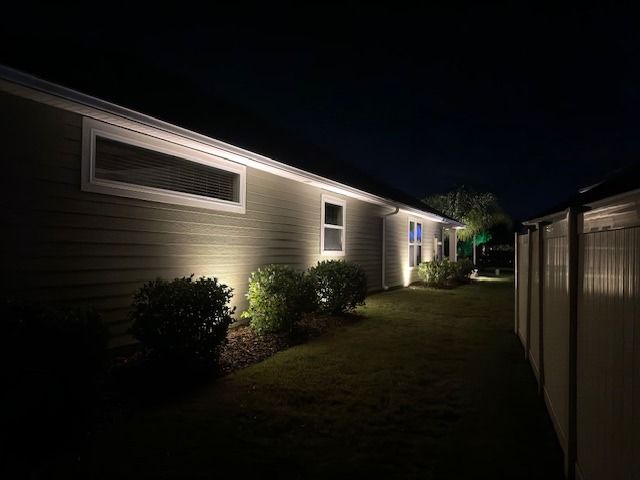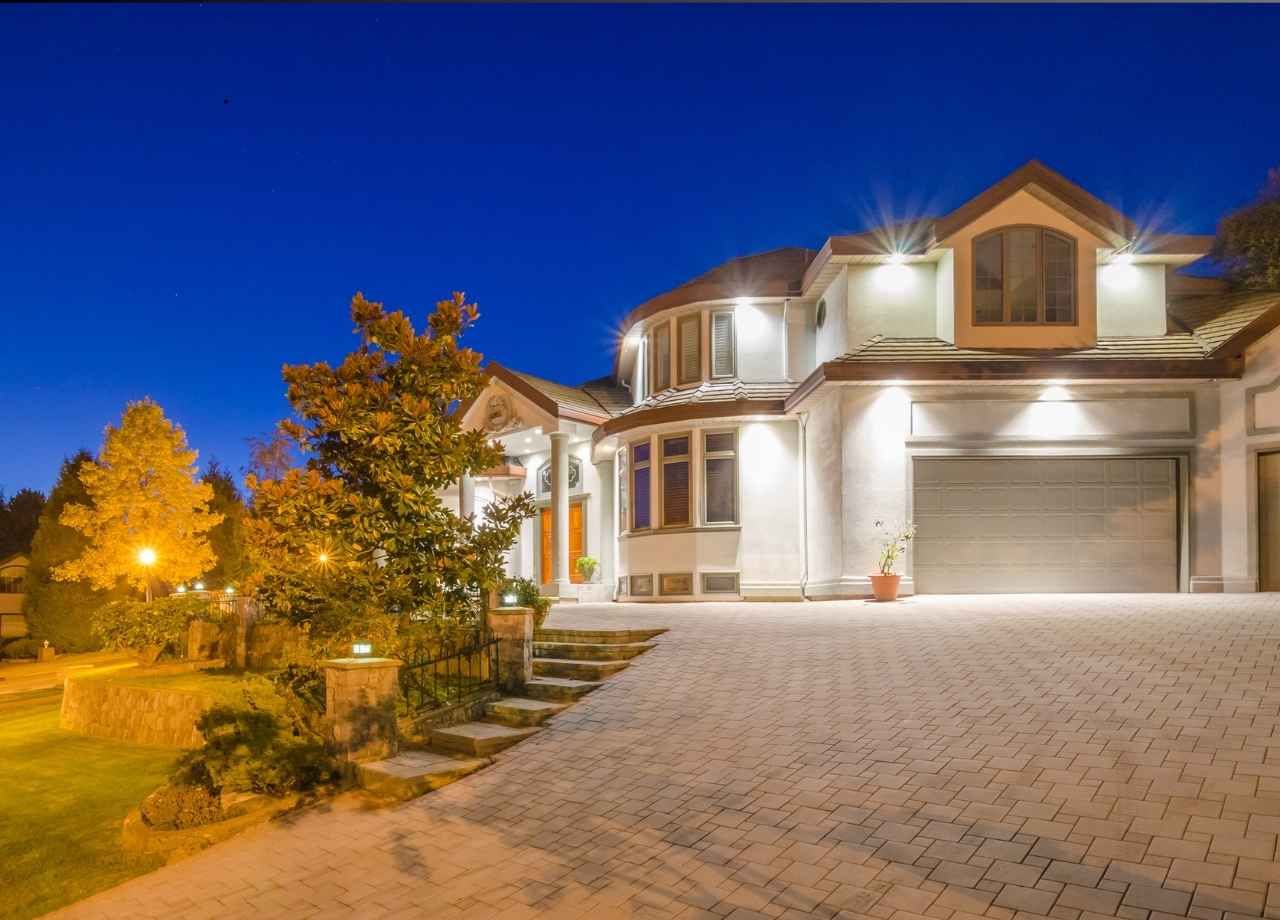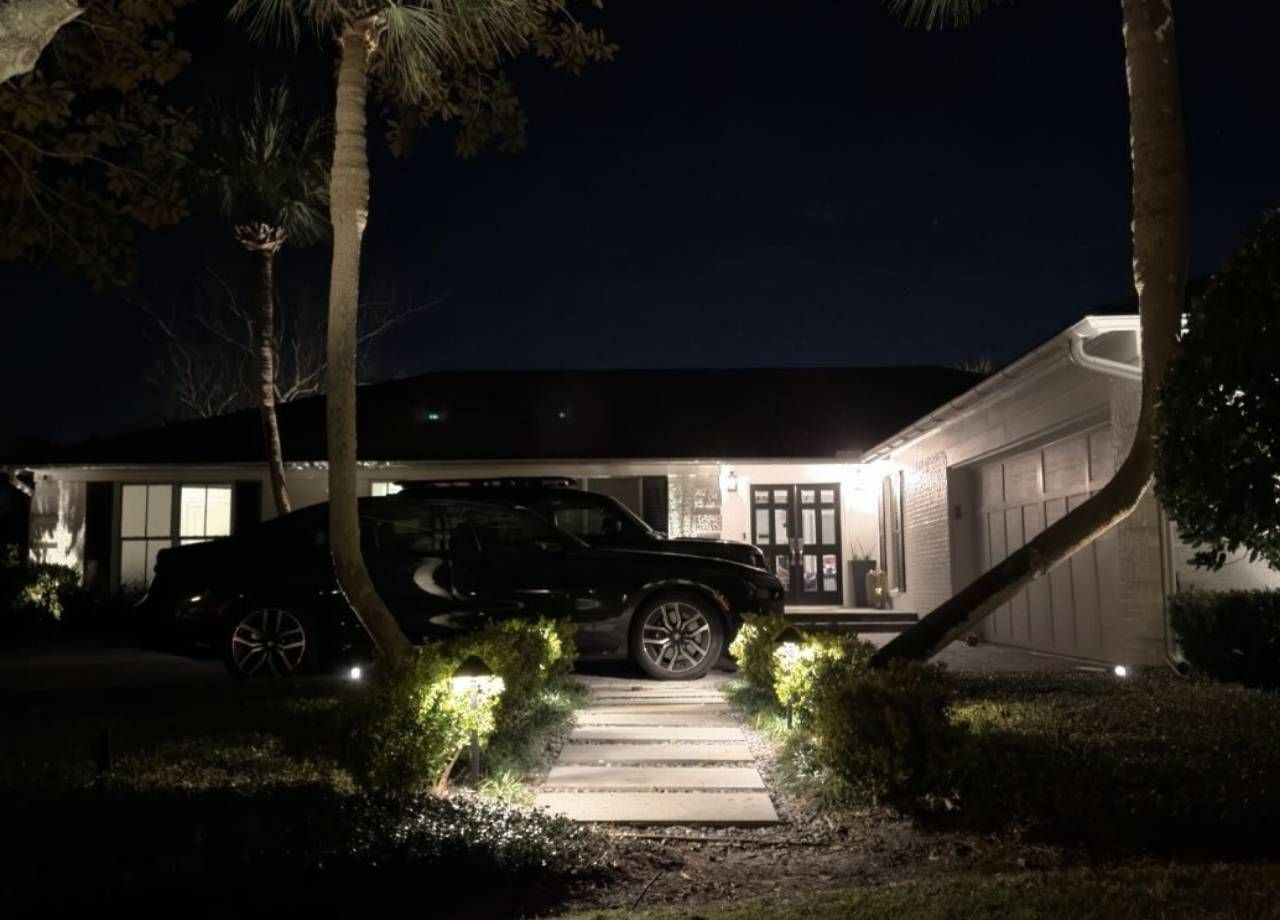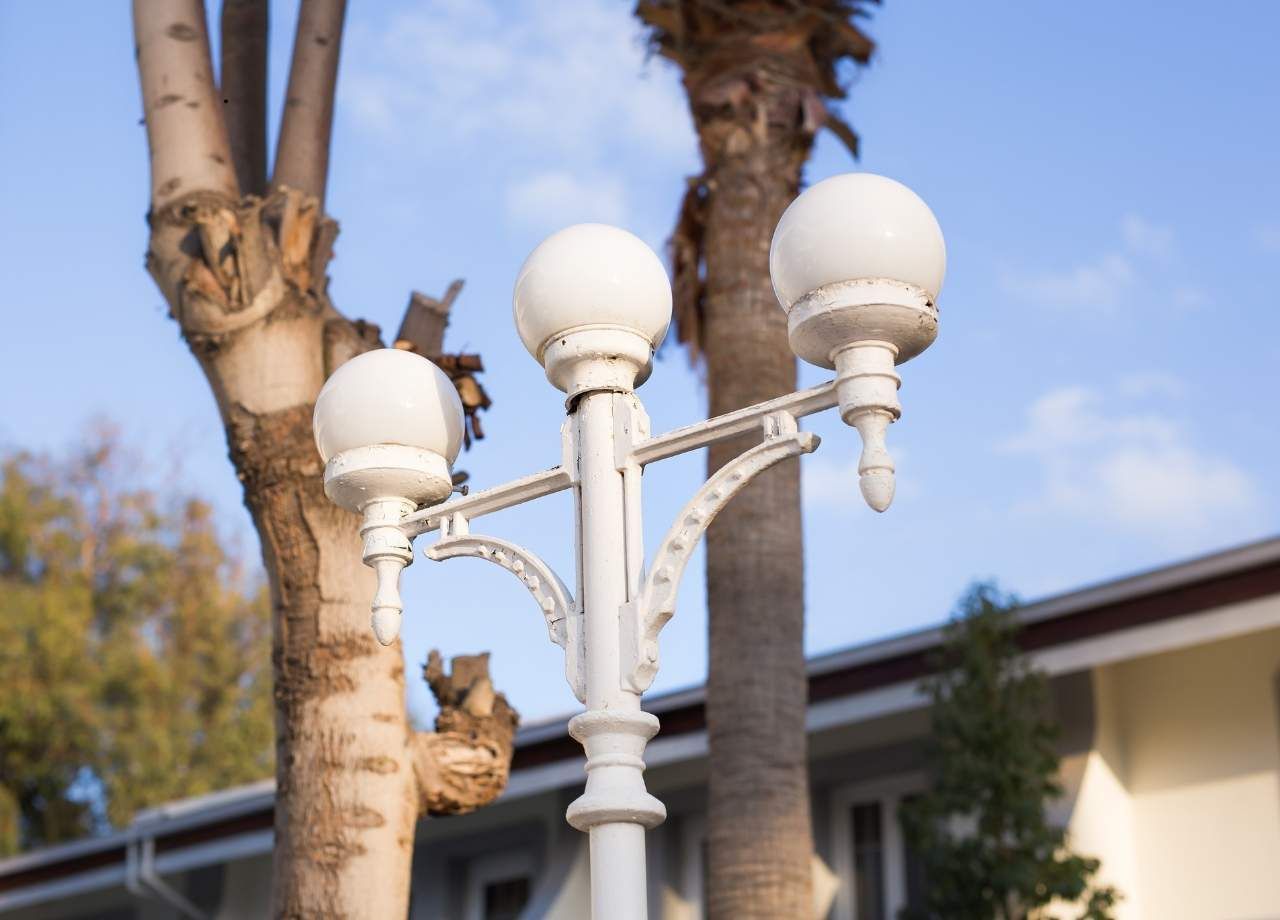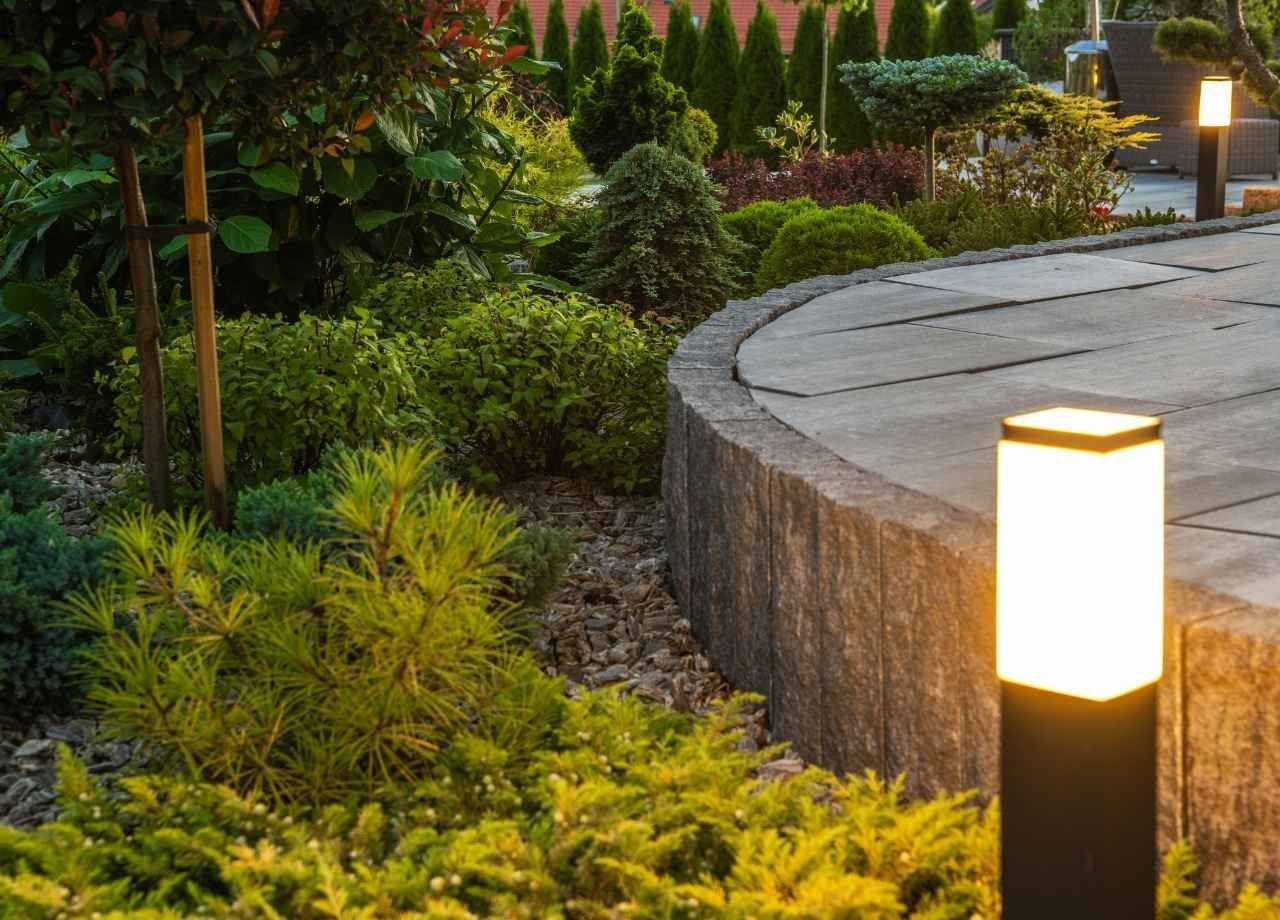Outdoor Fire Pit Lighting: Blending Safety, Ambience, and Design Precision
Outdoor fire pits have moved far beyond being just a seasonal amenity. In today’s landscape architecture, they're a central design feature, often anchoring seating areas, entertainment zones, and poolside retreats. Lighting around a fire pit requires a different level of planning and design execution compared to standard path or garden lighting. The balance between aesthetics, safety, and technical compatibility with fire features demands a well-informed approach.
At Aloha Outdoor Lighting, we specialize in crafting outdoor lighting systems that enhance the beauty and function of every element in your yard—including custom fire pit installations. While this post isn’t promotional, understanding how expert integration can elevate your design choices helps prevent mistakes that are difficult and expensive to correct later.
The Role of Lighting Around Fire Features
Unlike lighting a pathway or illuminating a facade, fire pit lighting must interact with an existing light source—the fire itself. That presents a unique challenge: the flame produces dynamic, flickering light, rich in warm tones and constantly shifting intensity. Lighting design around a fire pit must complement that unpredictability, not compete with it.
Poor placement or mismatched color temperatures can flatten the visual texture of the space or wash out the natural drama the fire provides. Worse, over-lighting the area can ruin the very mood that makes a fire pit appealing at night. The goal isn’t to flood the space with brightness but to frame it in a way that supports both function and atmosphere.
Understanding Light Temperature and Output
Color temperature plays a critical role when working around a flame. A fire typically emits light in the 1800K to 2000K range, rich in orange, red, and amber hues. Installing LED lights that produce a 3000K output (often labeled as "warm white") can still look harsh next to the softer firelight. A better match often comes from using LEDs in the 2200K to 2700K range. These produce a subtler warmth that enhances rather than clashes with the fire’s glow.
Lumen output must also be calculated with care. Accent lights around a fire pit should typically remain below 200 lumens per fixture, depending on the fixture’s beam angle and distance from the subject. Anything brighter can overtake the flame’s ambient light, creating unbalanced shadows or glare that detracts from visual comfort.
Placement Strategy for Fire Pit Lighting
Strategic placement is key to creating a functional and inviting fire pit zone. Lighting should define the area, not dominate it. One of the most effective techniques involves using indirect light sources to graze seating walls, illuminate pathways leading to the pit, and highlight nearby landscape features.
Avoid placing fixtures directly around the fire ring unless they are specifically designed for extreme heat resistance and low glare. Instead, consider integrating low-voltage lights into seat walls or under capstones. This creates a soft halo effect that outlines the space without visually interrupting the fire itself.
Another effective tactic involves moonlighting—positioning downlights high in nearby trees or structures to cast a gentle, natural-looking light over the area. This technique mimics natural moonlight and can be adjusted to subtly brighten the entire fire pit zone without creating competing shadows.

Material Considerations and Fixture Selection
The heat and soot produced by a wood-burning or gas fire pit can degrade fixtures quickly if the wrong materials are used. Brass and copper are excellent choices for fixtures in these conditions, thanks to their heat tolerance and ability to develop a natural patina that resists corrosion. Powder-coated aluminum can also work, but may require more frequent maintenance depending on proximity to the fire.
Lens choice matters, too. Frosted lenses help diffuse light, reducing glare and enhancing comfort for people sitting close to the fire. Directional shields or cowls also help keep light targeted where it’s needed while minimizing light pollution.
Weather sealing and IP (Ingress Protection) ratings should not be overlooked. A fixture near a fire pit needs at least an IP65 rating to withstand rain, ash, or even the occasional splash from a nearby pool or drink.
Integrated Controls and Dimming Flexibility
Static lighting doesn’t work well with fire. The ability to control and adjust lighting levels dynamically is crucial to match different use cases—from a low-key evening gathering to a more festive celebration.
Smart transformers or wireless dimmers can allow homeowners to fine-tune light levels with ease. Pairing lighting zones to match user intent provides the flexibility needed to keep the fire pit functional without over-committing to a single lighting intensity. Integrating your fire pit lights with a broader landscape lighting system also ensures a unified design language across your property.
Lighting controls can also integrate with motion sensors, timers, or smart home systems like Lutron or Control4. These integrations aren’t just convenient; they also reduce energy use and extend the life of your fixtures.
Landscape Context and Supporting Elements
A fire pit rarely stands alone in a landscape plan. It usually connects visually or physically to other outdoor features: a kitchen area, water feature, pergola, or garden bed. The lighting design should support this continuity, guiding the eye and the foot traffic organically.
Transition lighting is critical. A softly lit path leading to a glowing fire pit invites people in, whereas a stark contrast between bright and dark zones can feel jarring. Layered lighting—with low path lights, mid-level wall lights, and carefully placed ambient uplighting—creates that sense of cohesion.
Reflective surfaces like stone, glass, and water also play a role. Light bouncing off textured pavers or shimmering in a water bowl near the fire can add dimension and depth. That interplay of light and surface doesn’t happen by accident. It’s the result of deliberate planning and a solid understanding of materials and light behavior.
Design Pitfalls to Avoid
One of the most common mistakes in fire pit lighting design is overdoing it. Bright lights mounted too close to the pit not only kill the mood but also create uncomfortable glare for people seated around it. Another misstep is using mismatched fixture styles or colors that visually separate the fire pit from the rest of the yard.
Some designs also fail to accommodate changing daylight conditions. A setup that looks great at 6:00 PM may feel washed out by 8:30 if dimming controls aren’t available. Finally, not all fixtures labeled "outdoor" are suitable for use near fire. Heat, soot, and moisture will test quality very quickly.
A Strong Lighting Plan Starts with Purpose
Designing effective fire pit lighting isn’t about adding lights to a space. It starts with understanding how that space is used, how it connects with other features, and what kind of atmosphere the homeowner wants to cultivate. From there, it's a matter of selecting the right fixtures, materials, placement strategy, and controls to support those goals.
Done correctly, lighting turns a fire pit into more than a source of warmth. It becomes an evening destination, a visual centerpiece, and a functional part of the outdoor experience—all without overpowering the natural beauty of fire.
For property owners looking to elevate their outdoor experience in Northeast Florida, integrating custom fire pit lighting into a larger landscape lighting strategy ensures consistency, durability, and long-term performance. The details matter, and a thoughtful design pays off for years to come.
